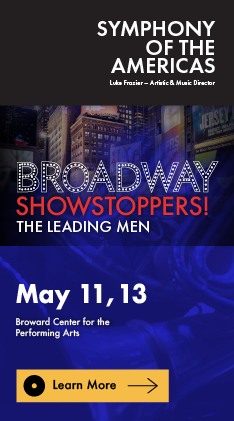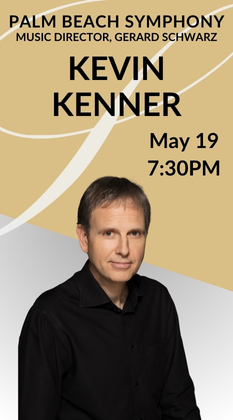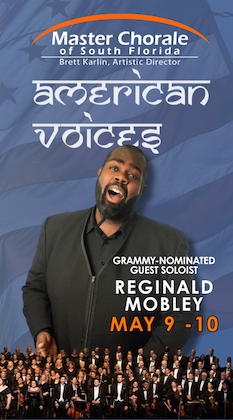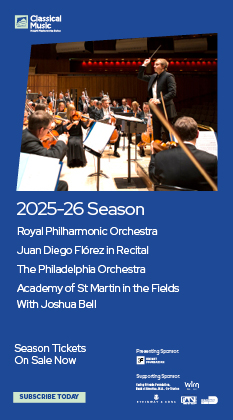Spano, New World team up for bracing and memorable Bartok
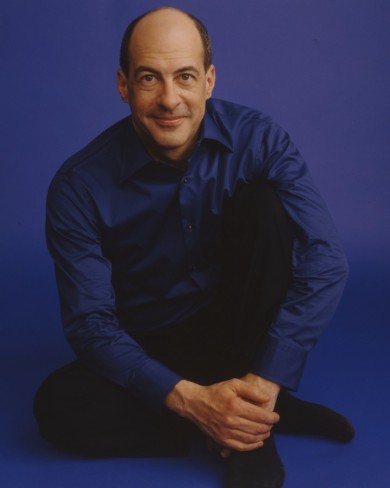
Robert Spano conducted the New World Symphony in music of Mozart and Bartok Saturday night. Photo: Andrew Eccles
The conductor Robert Spano did something unusual at the conclusion of Saturday night’s concert by the New World Symphony.
As the audience applauded the final work of the evening at New World Center in Miami Beach, Spano took a walk, beginning in the back of the violins and going behind the percussion section. He ended up in the trombones, where he started shaking hands, and worked his way down to the bassoons and other wind instruments. The beaming conductor blew a couple of kisses at the harps and finally asked the string section to stand. He wasn’t done, however, heading deep into the strings to pump a few hands in the double basses.
Perhaps it was in part happy relief. Shortly before the concert, the Atlanta Symphony Orchestra, of which Spano is music director, came to terms with management on a new four-year contract, ending a two-month lockout. Spano and the ASO will belatedly open their 70th anniversary season Thursday night.
But clearly the New World Symphony’s sizzling performance of Bartók’s Concerto for Orchestra also delighted Spano, enough to go beyond the usual quick handshake with the concertmaster. For all its modern harmonies, sardonic turns of phrase and earthy folk tunes, the concerto is one of those virtuoso orchestral pieces in the manner of Rimsky-Korsakov’s Scheherazade or the tone poems of Richard Strauss—works full of color, melody and atmosphere that allow the orchestra to show off.
And show off they did, in a performance that captured so much of the unique character and sound world of Bartók’s most popular composition. Basses and cellos, whose playing sets the tone for much of the first movement, played with ominous, primitive power, with enough clarity to prevent their low tones from becoming murky mush. Winds were eerie in their melodies over a misty accompaniment in the strings.
The second movement can come off as dry, with its quirky wind melodies, but bassoons, oboes and all the woodwinds played the melodies with humor and style. The brass, heroic and aggressive in the first movement, brought a dignified sonority to the formal-sounding brass choir passages of the second. The violas sounded with great nobility in the stirring theme that suddenly emerges from the orchestra. In the final movement, violins delivered an almost frantic power in the lightning-fast opening notes, powering the music through to a thumping conclusion.
Spano opened the concert with Mozart’s Symphony No. 41, the “Jupiter.” While some conductors reduce the number of the string players for Mozart and Haydn, Spano kept the ensemble at full strength. This can yield too muddy a texture for the clarity demanded by Classical-period works, but it’s a tribute to the skill of the New World string players that in this case that did not happen.
The performance was a joyous, buoyant one, with textures of great transparency throughout, despite the large number of troops on stage. Spano led a well-paced performance that never lagged. In the slow movement, he drew more grace than pathos from the orchestra, keeping the music moving. The final fugue was the climactic, ecstatic passage it was intended to be, with clear entrances and an overarching sense of forward motion, despite all the complexities in the orchestra.
The concert opened with Brahms’ Tragic Overture, conducted by Christian Reif, the orchestra’s conducting fellow. Despite the dramatic quality of the work, he engaged in no exaggerated dynamics or tempo changes. Instead he let the grim, smoldering power of the overture emerge naturally, until the final, climactic minutes. Particularly noteworthy were the New World woodwinds, whose graceful, resonant playing achieved real Brahmsian warmth.
The program will be repeated 2 p.m. Sunday at New World Center in Miami Beach. nws.edu; 305-673-3331.
Posted in Performances
Leave a Comment
Sun Nov 9, 2014
at 10:25 am
No Comments
